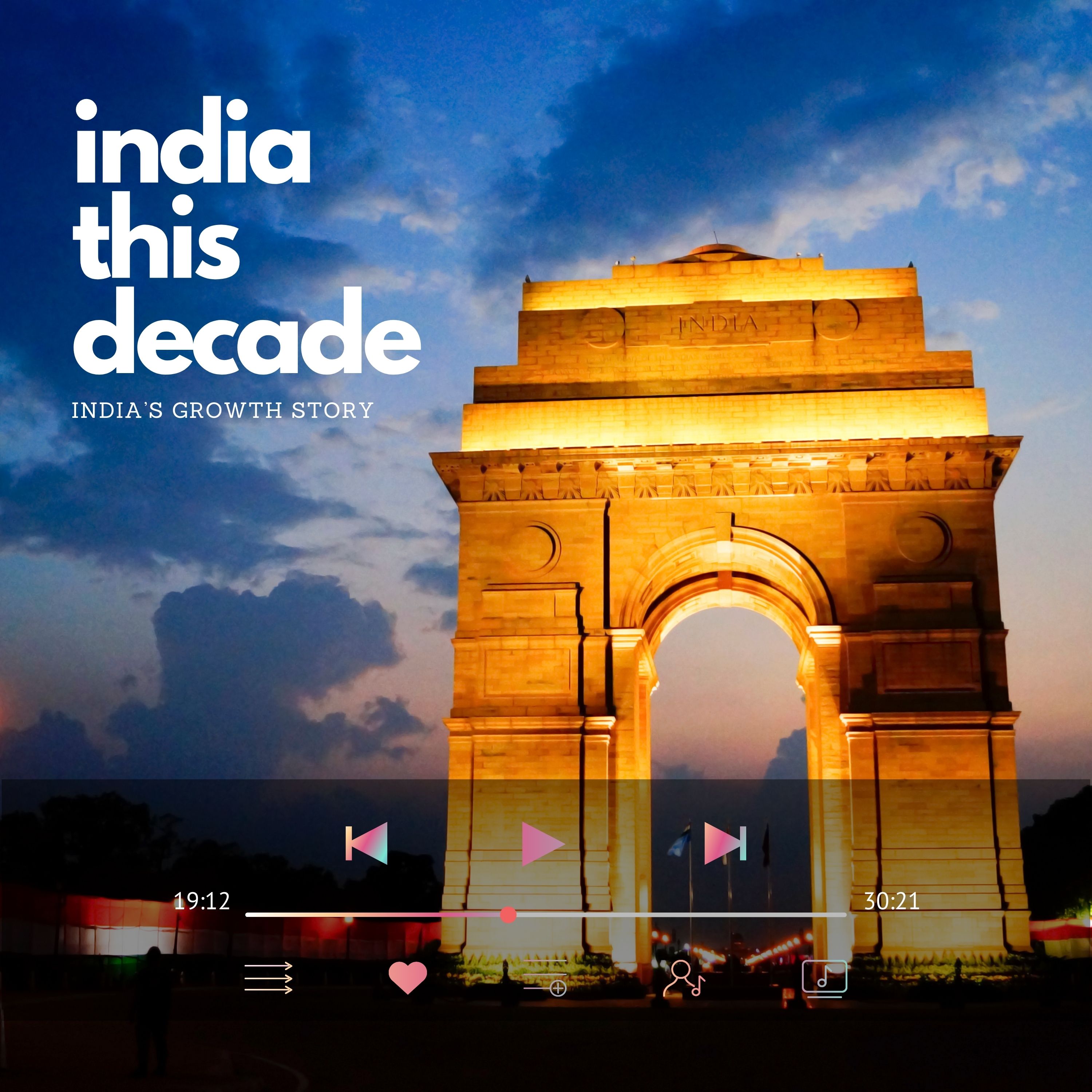

"Historic" India-Middle East-EU Corridor
India This Decade
| Amaya | Rating 0 (0) (0) |
| Launched: Oct 22, 2023 | |
| indiathisdecade@gmail.com | Season: 1 Episode: 9 |
At the G20 summit, a significant announcement emerged, not from the main stage, but from the sidelines. A new alliance was formed, and an ambitious infrastructure project, the EU-Middle East-India Corridor, was unveiled. This initiative, often referred to as the Modern Day Spice Route, is a bold challenge to China's Belt and Road or BRI. The Corridor aims to connect Europe, West Asia, and India through a network of railways and ports. The key players in this venture include India, Saudi Arabia, the United Arab Emirates, the European Union, France, Italy, Germany. The plan is to link rail and port facilities across West Asia, essentially creating a bridge that will expedite trade between India and Europe.
SUBSCRIBE
Episode Chapters

At the G20 summit, a significant announcement emerged, not from the main stage, but from the sidelines. A new alliance was formed, and an ambitious infrastructure project, the EU-Middle East-India Corridor, was unveiled. This initiative, often referred to as the Modern Day Spice Route, is a bold challenge to China's Belt and Road or BRI. The Corridor aims to connect Europe, West Asia, and India through a network of railways and ports. The key players in this venture include India, Saudi Arabia, the United Arab Emirates, the European Union, France, Italy, Germany. The plan is to link rail and port facilities across West Asia, essentially creating a bridge that will expedite trade between India and Europe.
At the G20 summit, a significant announcement emerged, not from the main stage, but from the sidelines. A new alliance was formed, and an ambitious infrastructure project, the EU-Middle East-India Corridor, was unveiled. This initiative, often referred to as the Modern Day Spice Route, is a bold challenge to China's Belt and Road or BRI. The Corridor aims to connect Europe, West Asia, and India through a network of railways and ports. The key players in this venture include India, Saudi Arabia, the United Arab Emirates, the European Union, France, Italy, Germany. The plan is to link rail and port facilities across West Asia, essentially creating a bridge that will expedite trade between India and Europe. Some estimates suggest that this could make trade 40% faster, marking a historic milestone in global commerce. Now, I know this might sound a bit complex, so let's visualize it. Picture a shipping container journeying from Mumbai to Europe. Currently, it would have to navigate through the Suez Canal, a route that accommodates 10% of global maritime trade and often experiences congestion. This new route proposed by the alliance offers a more efficient alternative. The shipment could travel from Mumbai to Dubai by sea, then move on to the Haifa port via rail, passing through cities like Riyadh, and finally reach Europe by sea again. This route not only saves time and money but also avoids bottlenecks, making it a win-win for all involved.
But why is this project so crucial? Firstly, it reduces travel time and cost. The East Corridor connects India to the Arabian Gulf, and the North Corridor links the Arabian Gulf to Europe, effectively bridging the two continents. Secondly, this route facilitates the export of clean energy, expanding access to clean electricity. Thirdly, the members plan to install a cable for energy and digital connectivity. Lastly, it will protect regional supply chains and enhance accessibility, thereby creating more jobs across the region.


